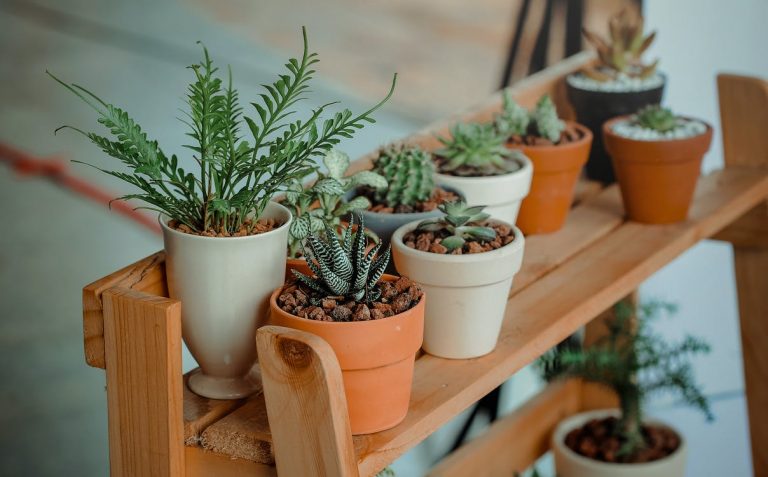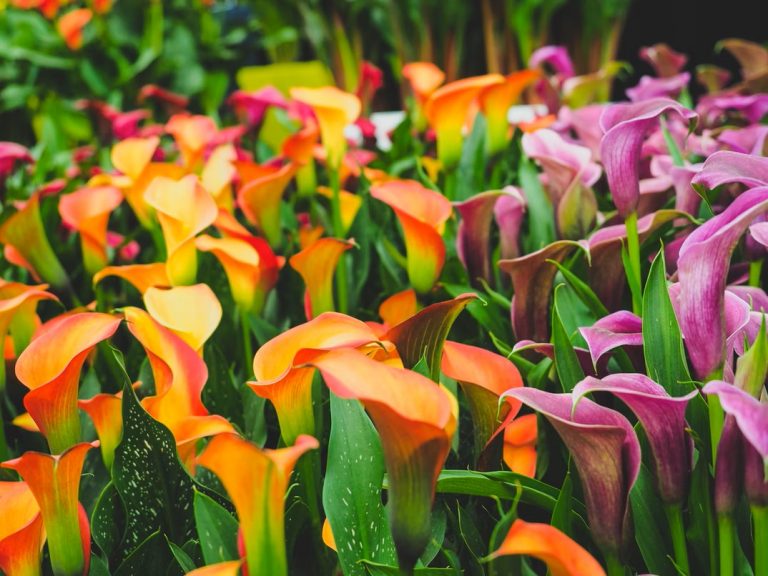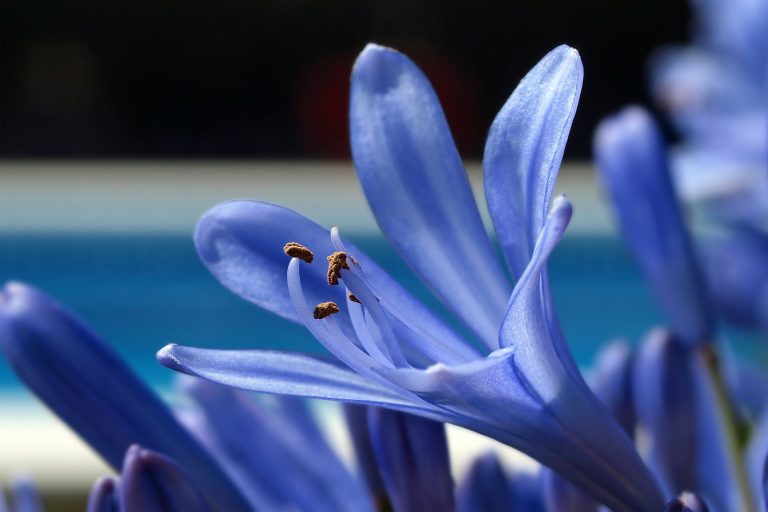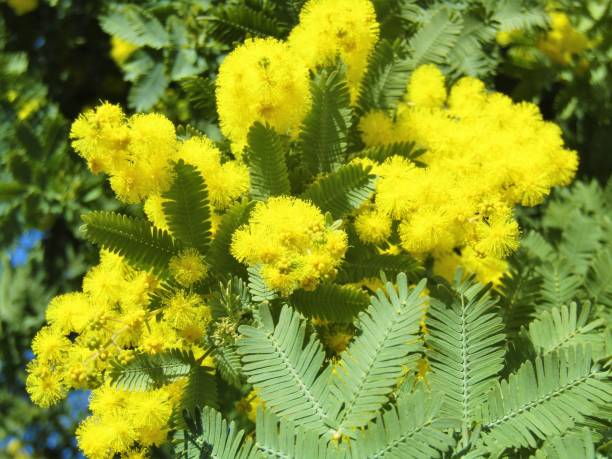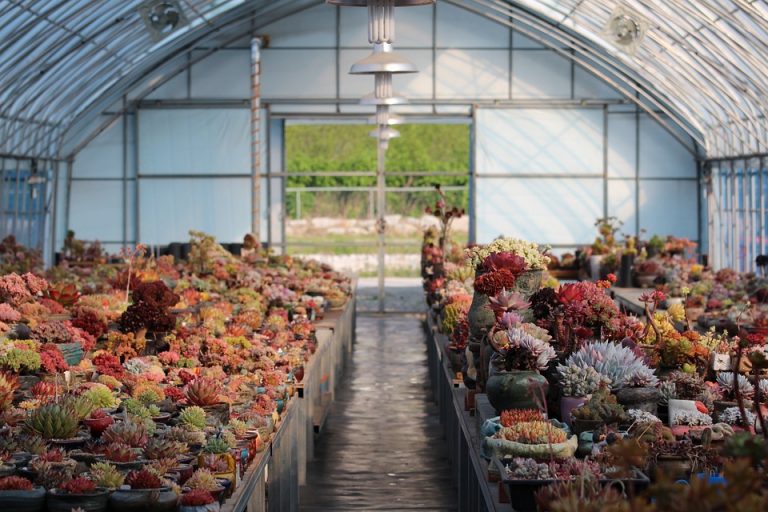How to Grow and Care for Dahlias Successfully?
Dahlias are your best choice if you are looking to grow a colorful flower.
If you want basic information about dahlias, read 《What are Dahlias?》
If you want to know how to grow and care for these colorful flowers, read on.
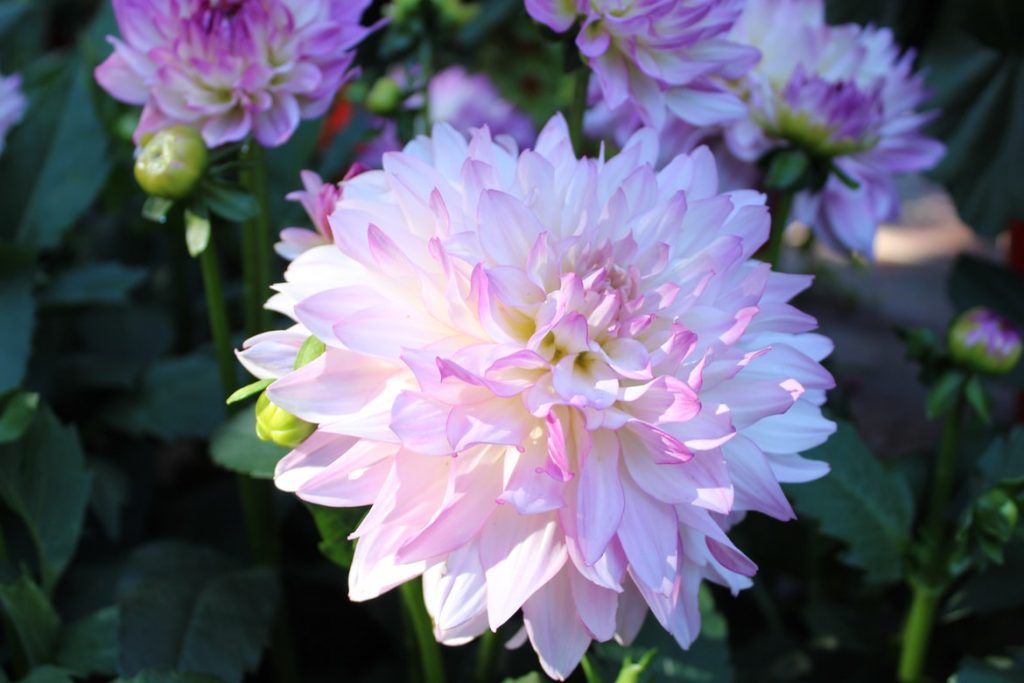
Cultivation Techniques
The main methods of propagation of dahlias are root splitting and cutting propagation. Dahlias can also be bred by seed propagation.
Separate Root (Plant) Reproduction
Between March and April in spring, take out the stored roots, cut down each root and the bud attached to the root neck together (the incision is coated with grass and wood ash anticorrosion), and plant separately.

Dahlias only have buds in the neck of the root, so each root segment must have a neck with buds; Tuberous roots without root neck or root neck without bud point will not sprout and cannot be planted.
If the germination point on the root neck is not obvious or not easy to identify, can be in early spring advance bud, in the hotbed will be the root plexus with a close distance row, and then back soil, watering, give a certain temperature, to wait for the bud again, each ramet has at least one bud.

It is simple and easy to reproduce, the survival rate is high, the plant is strong, but the propagation coefficient is not as high as the cutting method.
Cutting Propagation
- The selection of land preparation: Select deep land layer, loose fertile, flat terrain, good drainage field, soil disinfection.
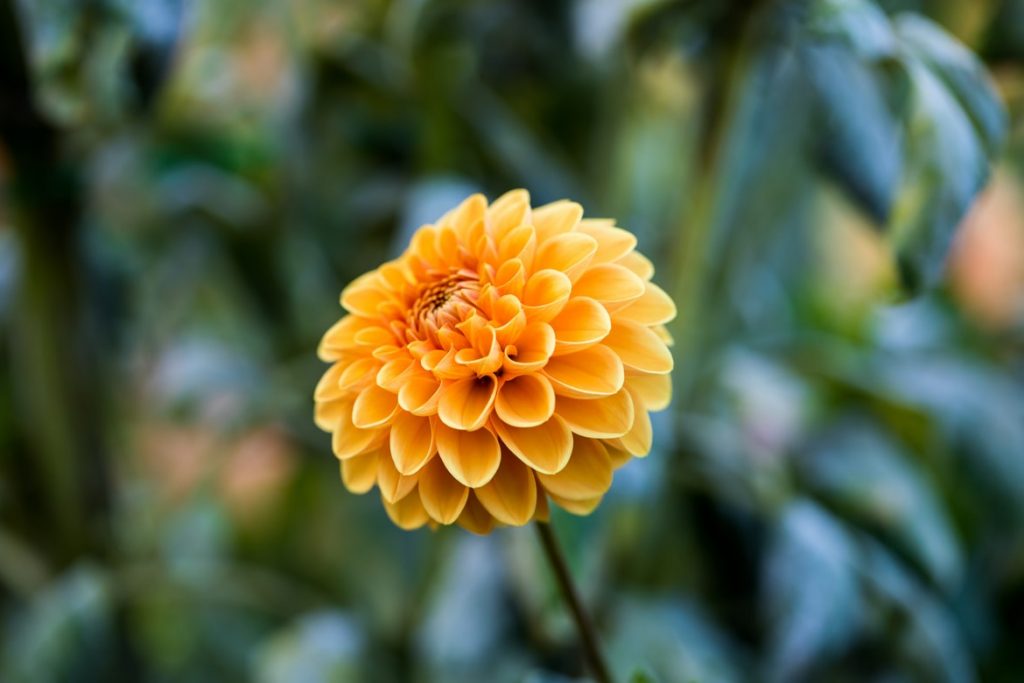
2. Cutting method: From June to August, the lateral bud length to 15 to 20 cm, combined with the lateral bud cut with sowing.
Cut the third bud to the base of the leaves and remove the leaves. Insert the second bud deep into the soil and water permeate it. Use 50% shade net to double shade the stand.
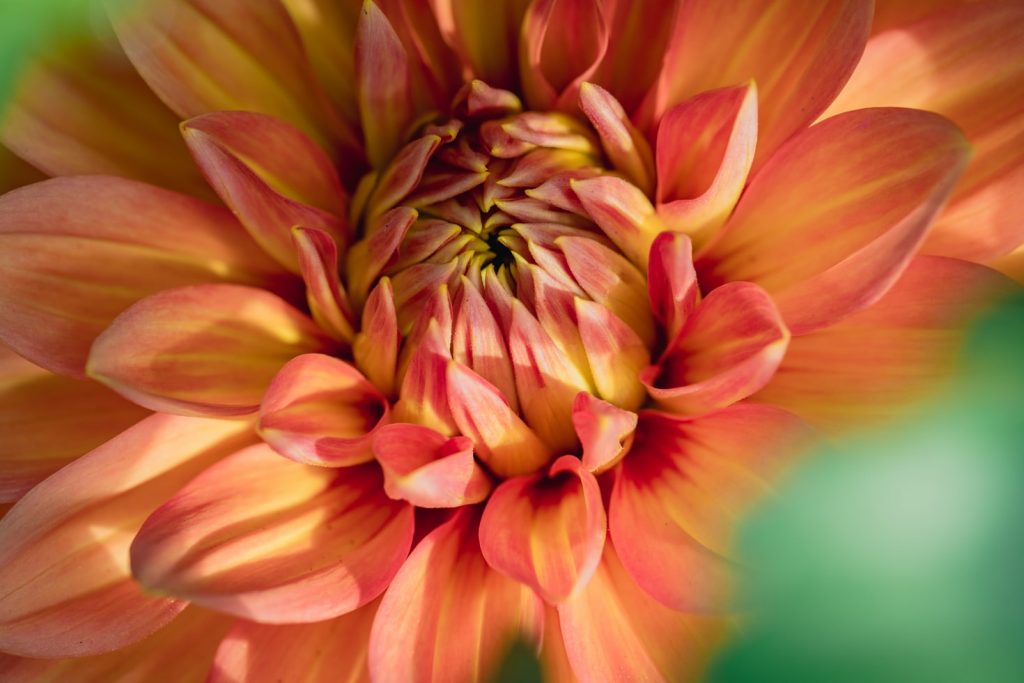
On sunny days, water once in the morning and at night, watering continuously for half a month, the soil moisture is maintained at 90%, 3 weeks later rooting, the survival rate is very high, then the autumn can blossom.
3. After cuttings management: After cuttings, combined with the tillage weeding, before and after flowers, each topdressing a compound fertilizer saturated leaching solution, each 1 back sprayer (about 12.5 kg) to add 400 ml of mother liquor outside the root topdressing.
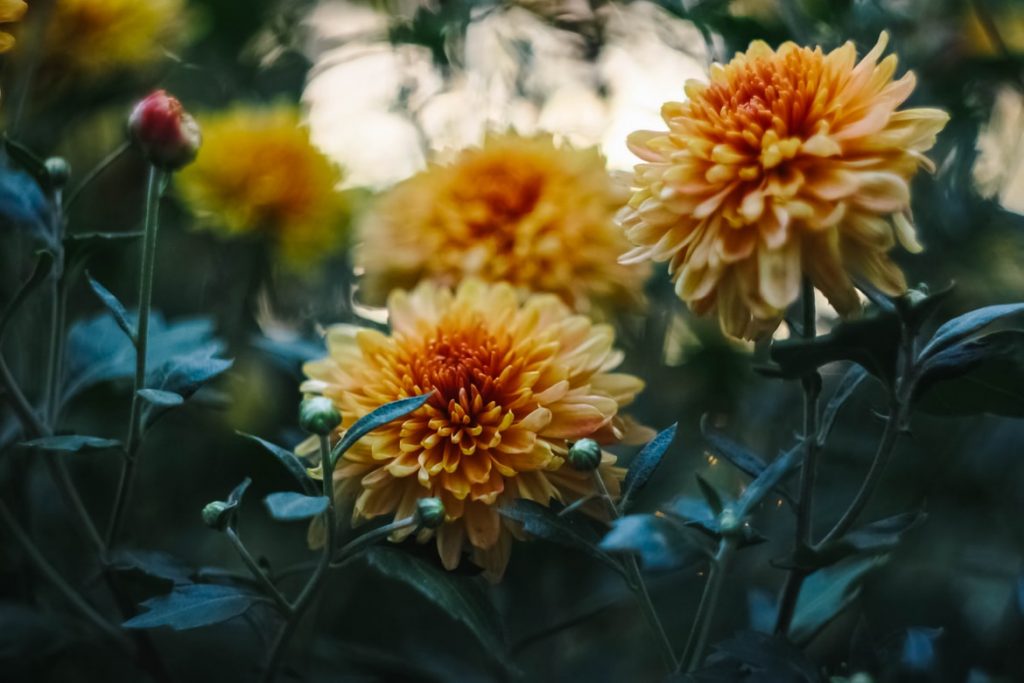
Dahlias should not be plowed deep in the middle after they have taken root to avoid root damage and prevent grass damage. Because the plant is juicy and soft, must stand bracket, lest stem and leaf are broken, when seedling of florets variety is high 15 centimeters hit the top, make the plant is short and strong much blossom, pick off in time, can prolong florescence.
Seed Breeding
Seed propagation plays an important role in dahlia cultivation and is suitable for easy to bear varieties.
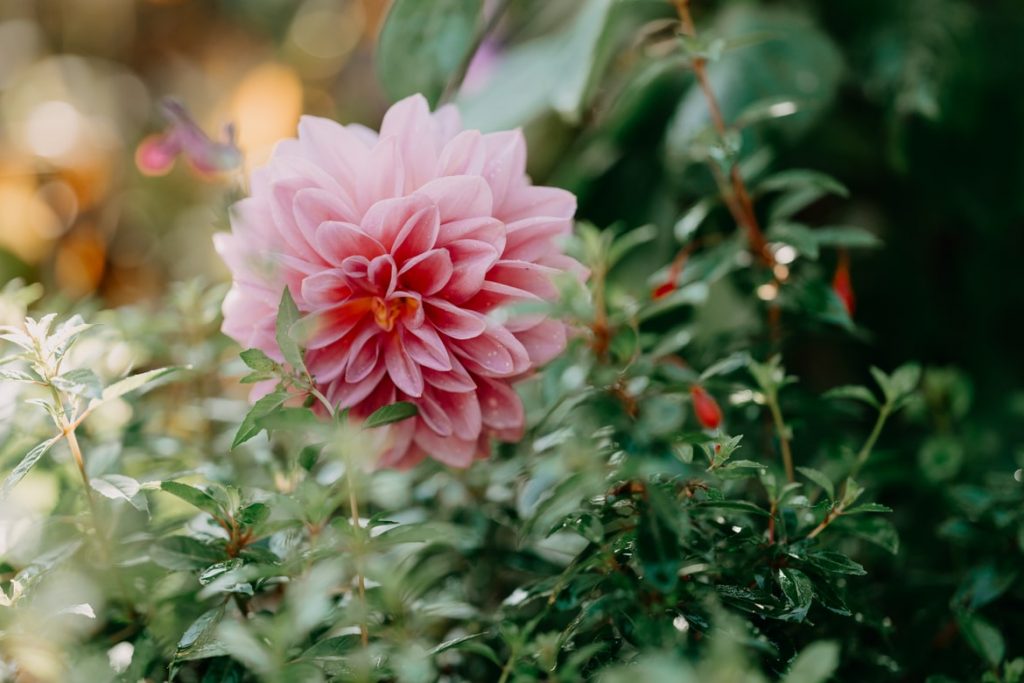
Generally, the seeds collected in autumn are sown in February to March of the next year, 15 to 20℃ during the day, and not less than 12℃ at night.
The seedlings produced by seed propagation have strong vitality, healthy growth and development, and strong adaptability.
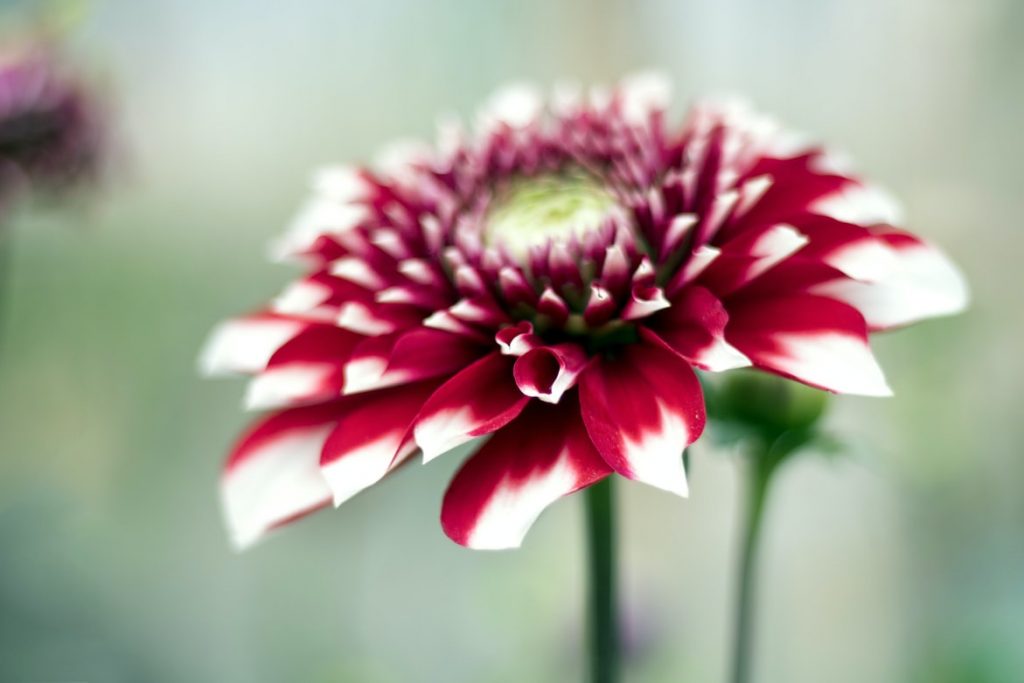
A large number of plants can be obtained in a short time, but the flowering and fruiting are slow. Flowering late, can not maintain the good characteristics of the mother, there is degradation.
1. Preparation before broadcast
(1) Seeding container
Choose a seedling tray 50 cm long, 20 cm wide, and 5 cm high, and rinse with water first. It was then disinfected with 0.2% chloronitrobenzene.
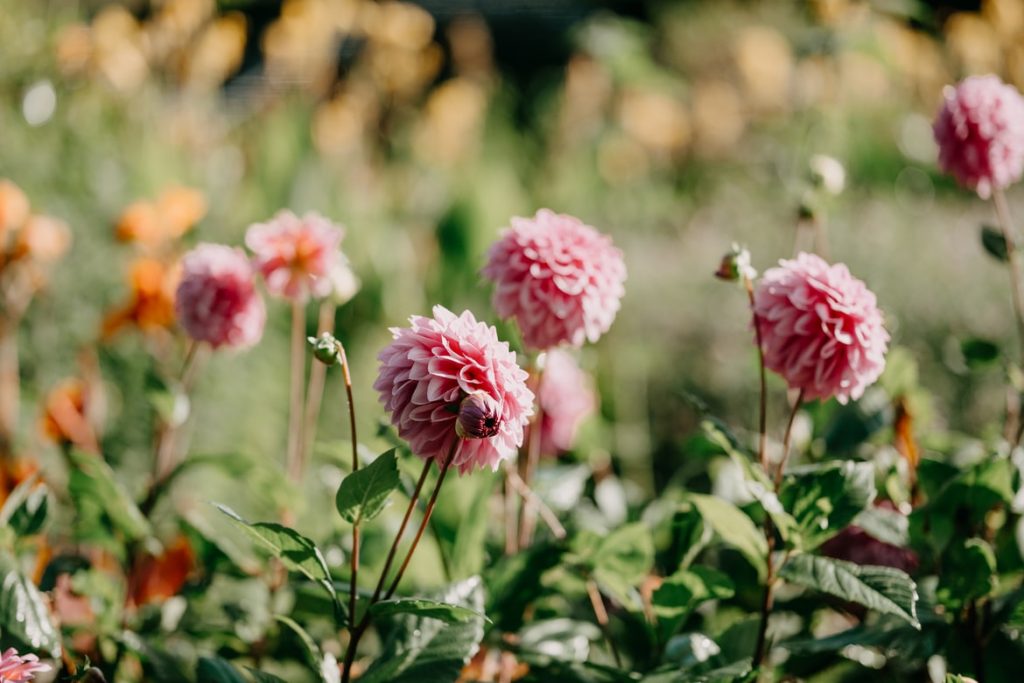
(2) Seeding substrate
Choose fine, uniform, stone-free, pollution-free, nutrient-rich, disease-free soil. The soil with good drainage and light salinization is appropriate. Garden soil and peat were selected as seeding substrates. Generally with garden soil, humus soil, and river sand preparation, its ratio of 2:2:1, and 2% pentachloronitrobenzene disinfection or high-temperature disinfection.
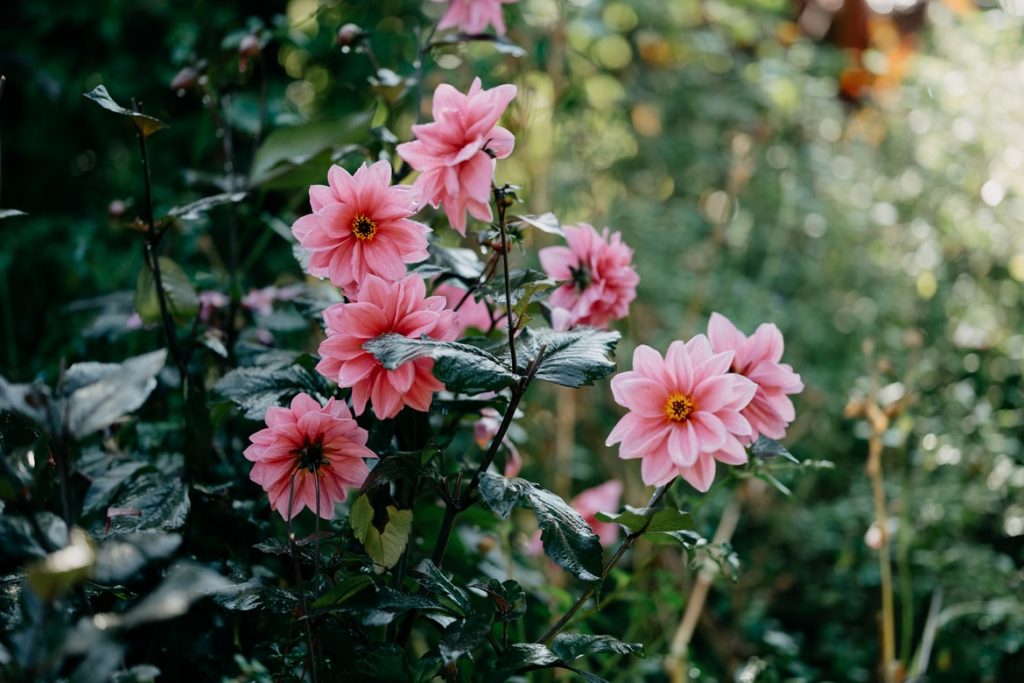
2. Sowing method
(1) Sowing time
Wash the sterile seedling tray with clean water before sowing. Sow seeds immediately after water seep through. Hotbed sowing in mid-late March, flower bed varieties in late April in the open field sowing, seeds are scattered on the surface of the soil. Cover large seeds with moist fine soil three times as thick as seed diameter.
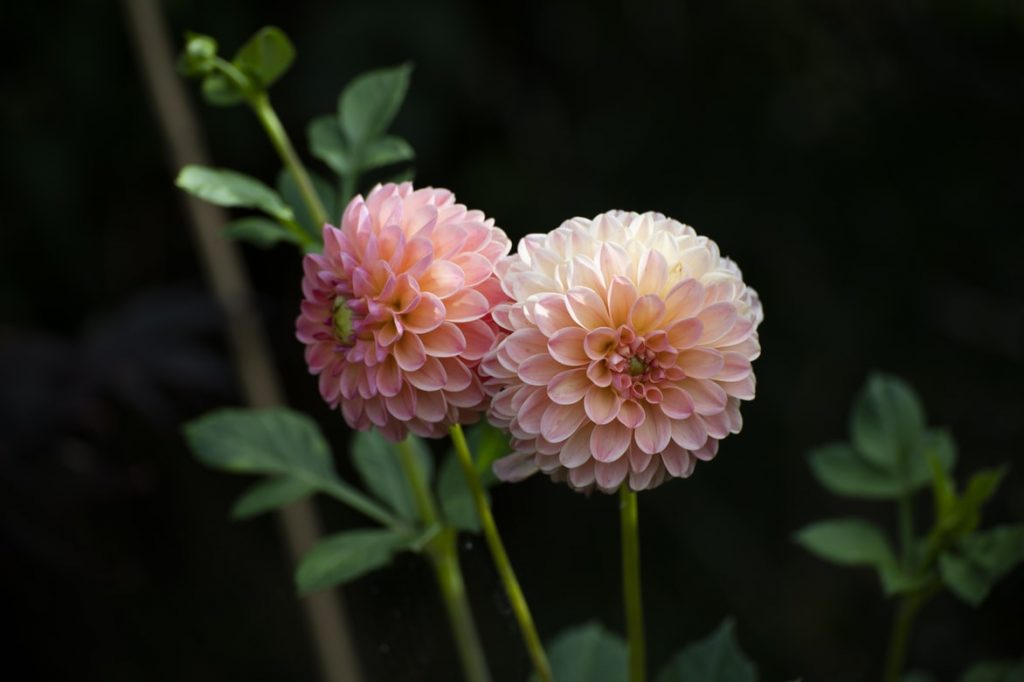
After sowing with bamboo pole cover agricultural film, leave a gap to ventilation, conducive to improve soil temperature, reduce water, maintain soil moisture, reduce soil compaction, to maintain the seed germination required temperature, humidity.
After sowing in 20~25℃, after sowing about 7 days, seeds can germinate, often keep soil moisture, when the seedlings grow to 4~5 cm seedlings, pouring permeable, placed in the shade for 3~4 days, and then moved to the strong light, pay attention to timely watering, maintain soil moisture.
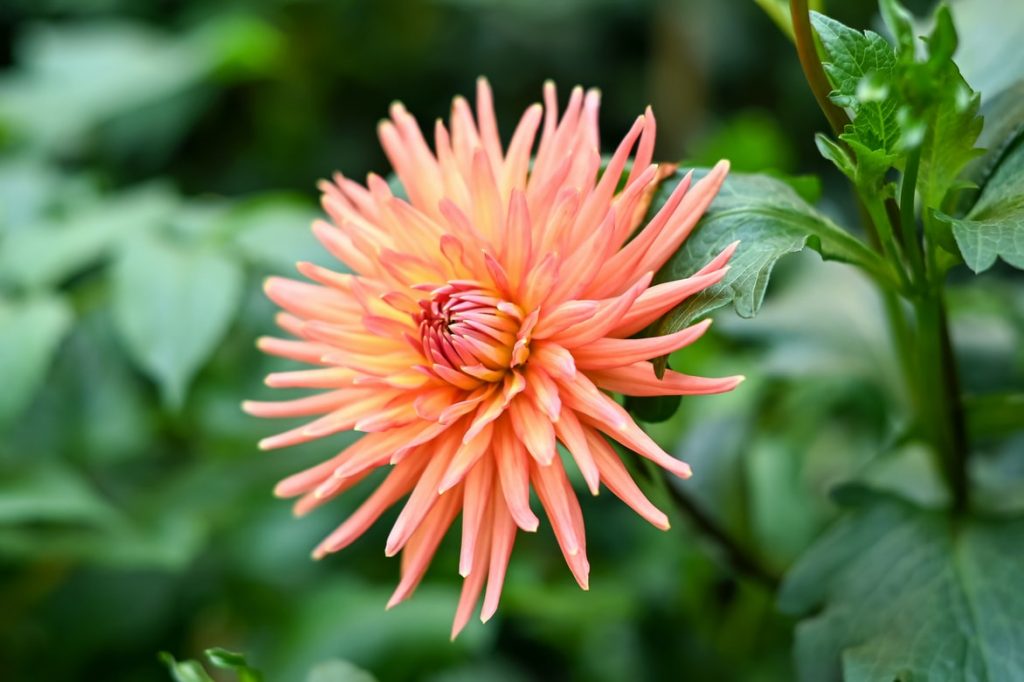
(2) Post-broadcast management
Water according to soil moisture. Keep the soil wet between dry and dry When the surface of the soil is slightly dry, soak it to keep it wet.
The optimum temperature for seed germination is 19~21℃. Regular ventilation after sowing is conducive to seed germination. Dahlia seeds need proper shade to germinate.
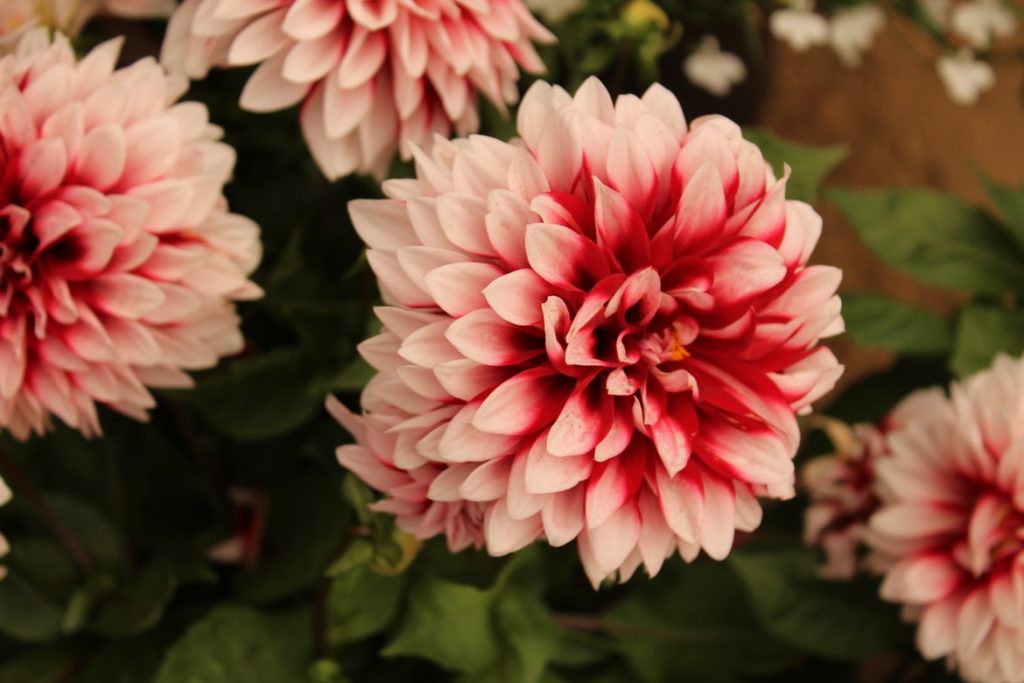
After emerging neatly, remove the film gradually and move the seedlings to a sunny place. 180° box rotation every 2-3 days is conducive to the straight growth of seedlings.
Management of Maintenance
Pruning
One is to leave a single bud into a single plant, so that it’s early flowering, after the flower stays 1~2 sections of the short cut, long new buds can continue to bloom.

The second is to the varieties of poor branching, in the young stage to pick the heart, promote its branch, from mid-July to early August on the plant for short, September to October to produce high-quality flowers.
Heat Preservation
In early spring for early flowering, can be cultivated in the greenhouse, the daytime temperature is kept at about 25℃, more than 25℃must be ventilated cooling.

When the temperature is below 10℃ at night, it is necessary to raise the greenhouse temperature.
Flowering Control
To open in winter and early spring, sunshine and temperature must be controlled. The results showed that short sunshine and low temperature were the main factors preventing the bud differentiation of Dahlia chrysanthemum.
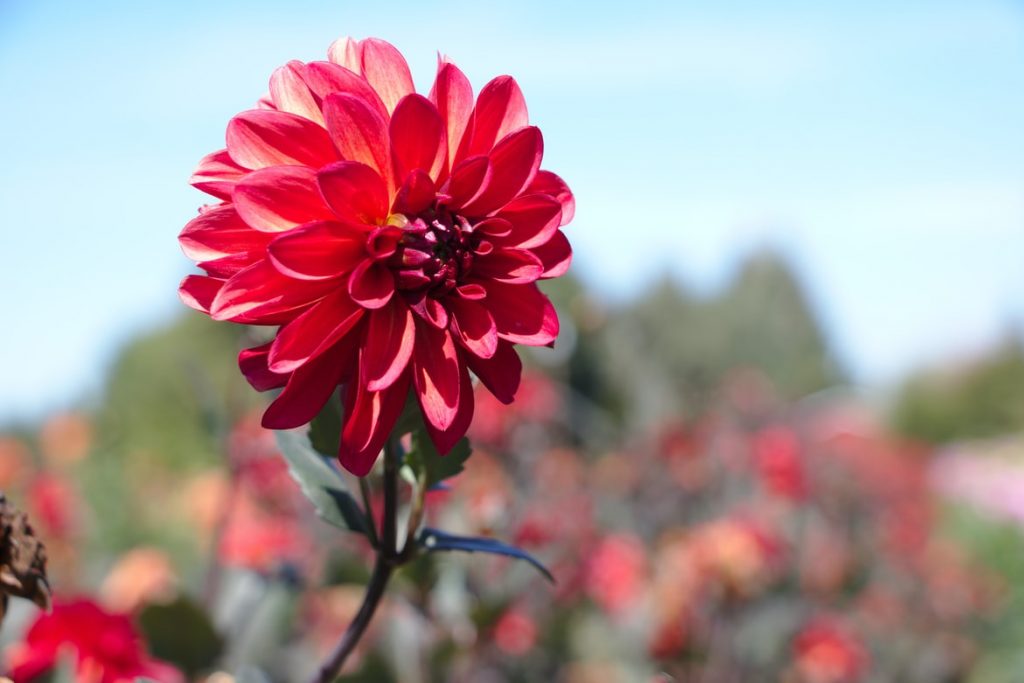
In winter, the sunshine is controlled at about 14h and the night temperature is controlled above 10℃, which can produce large and colorful cut flowers.
Harvest of Cut
Blooming at 3~4 minutes and blooming at 2 minutes in summer was the appropriate time to pick flowers. In spring, the first batch of flowers should be cut into 2 sections, and the second batch by 1 section.
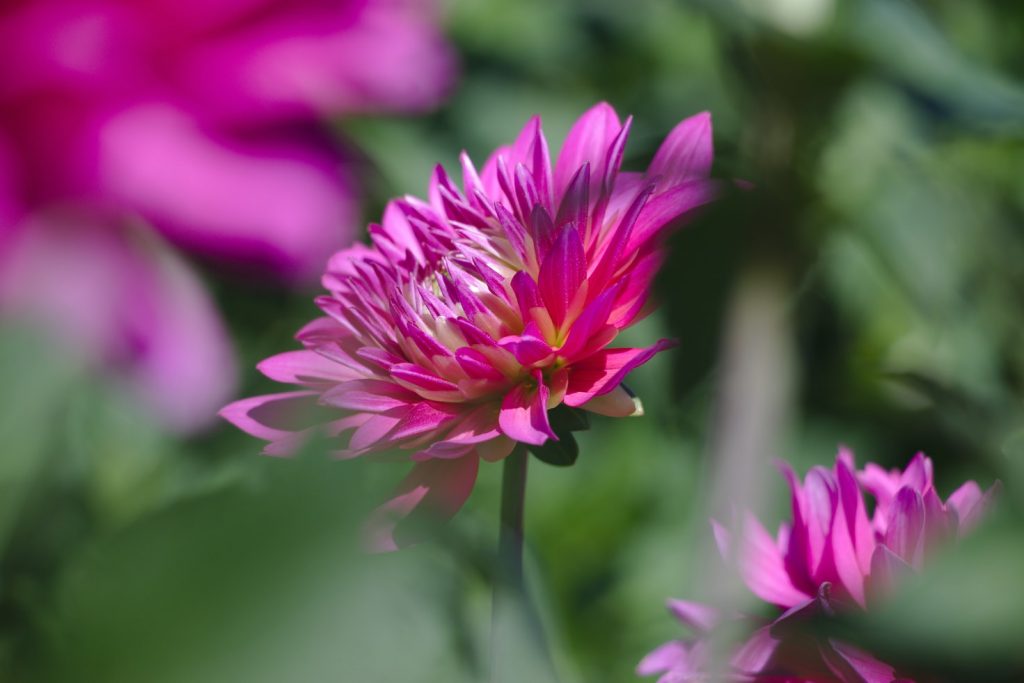
Dahlia cut flowers are easy to harvest in the morning or evening due to poor water absorption and are immediately inserted into the water after harvesting.
After harvesting, the root tubers are stored in a dry place, or they can be filled with wood chips and stored at 4.5~7.4℃.
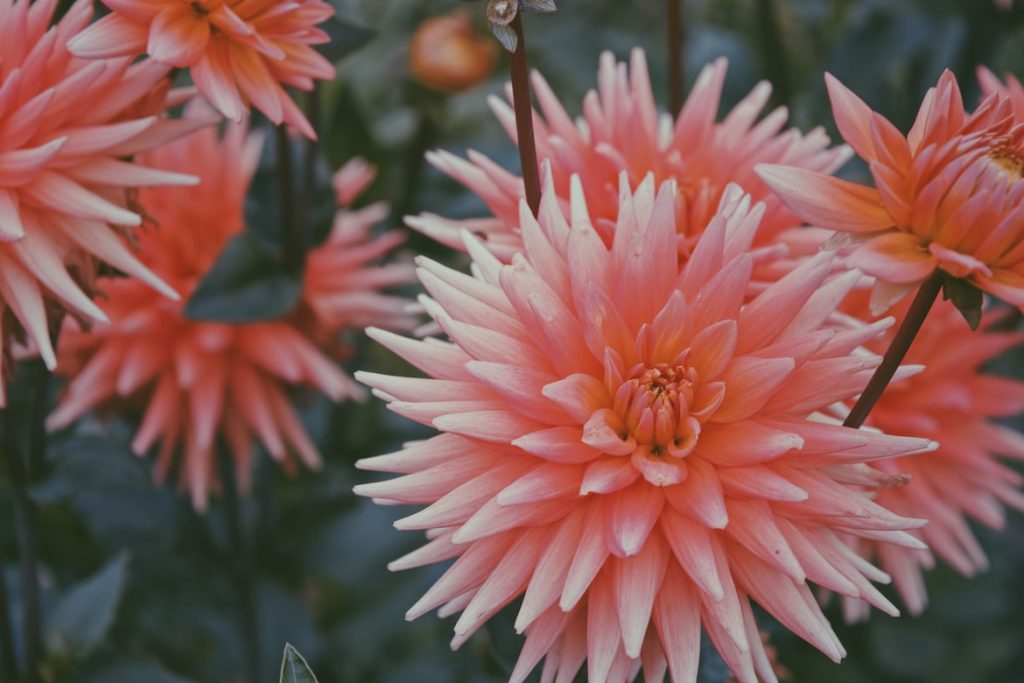
Fertilization
Dahlia is fond of fertilizer plants, must have sufficient fertilizer supply, cause flower decrescent easily otherwise, color and luster are dim, admire sex is reduced.

According to the growth situation, top cake fertilizer 4~5 times should be thin fertilizer, prohibiting fertilization in summer when the high temperature exceeds 30℃.
Moisture
Watering quantity is reduced appropriately, beneficial to control plant growth, make dahlia stem thick, plant short, flower big.

In high temperatures in summer, water should be sprayed to the leaf surface as much as possible, at least twice a day, to make up for evaporation loss.
Temperature
Dahlias like cool climate, 10~25℃ is the most suitable.
In the high-temperature season, cooling measures should be taken. According to the weather conditions, the blades and the ground should be sprayed 3 to 4 times a day to achieve the purpose of temperature reduction and water control.

After September, the temperature of the surrounding small environment should be raised consciously by day, such temperature is high by day, the temperature at night is low, big day and night temperature difference is very advantageous to dahlia’s color and root swelling.
Diseases and Pests
Root Knot
The main causes of disease are too wet soil, poor drainage, air humidity is too large, so that the root rot and cause plant growth delay, leaf wilt, from green to yellow, and even death.
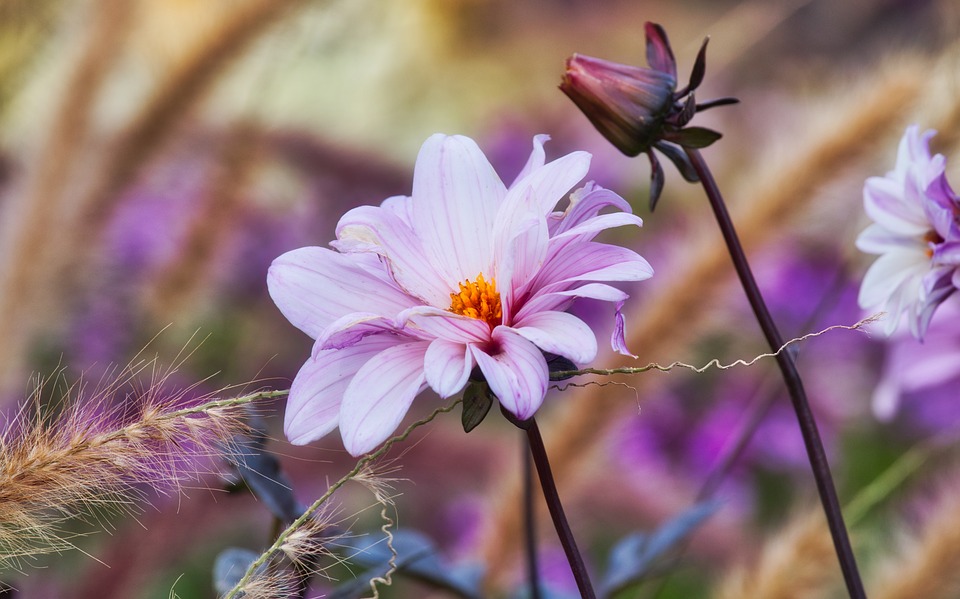
Prevention and control methods: Timely watering, loose soil drainage, available 1:1:100 Bordeaux liquid 2.5kg.
Leaf Spot
Most of the diseased plants are affected by red spiders at the same time, the leaves have brown spots, until gray-brown and death.

Prevention and control method: Spray 0.5°Be stone sulfur mixture, or spray 65% wettable zinc 500 times liquid.
Powdery Mildew
This is a common disease of flower plants. The underside of leaves produces white powdery spots that extend to the entire leaf. In severe cases, leaves can wither and fall.

Prevention and control methods: Timely removal of diseased leaves, available 0.2~0.3°Be stone sulfur mixture spraying.
Mould
Gray mold, also known as flower rot, is the main dahlia disease, the most serious in the rainy season. First of all, the disease occurs on the leaf, the disease spots often occur at the leaf margin, the humidity is large long grey mold. Stem spot brown, irregular, severe when the stem softened and folded.

Prevention and control methods: Timely sick flowers, sick leaves, sick stems cut, centralized burn. Autumn or early spring to completely clear the body, to reduce the source of infection; Avoid planting too close, for ventilation and light; Pay attention to remove water after rain; Can be sprayed with 75% chlorothalonil wettable powder 500 times liquid or 50% saline wettable powder 1000 times liquid or 50% grammy in wettable powder 1000 times liquid, every 10 days or so, spraying 3 to 4 times.

Mosaic Virus Disease
Dahlia Mosaic virus disease is the most widespread and most severe. Mainly through root tubers, aphids and leafhoppers spread with poison. The pattern is generated on the diseased leaves, and the veins and their vicinity become light green. The diseased leaves have poor development and affect flowering, and the plant shrinks and becomes shorter when it is serious.

Prevention and control methods: The selection of non-toxic propagation materials, reduce the source of infection; Virus-free and tissue culture methods were used to propagate virus-free seedlings, and timely control of vectors after planting. Pay attention to rural hygiene, reduce the source of virus infection, spray 50% malathion 1000 times solution, 40% dimethoate 1500 times solution, or 25% carbine 800 times solution.
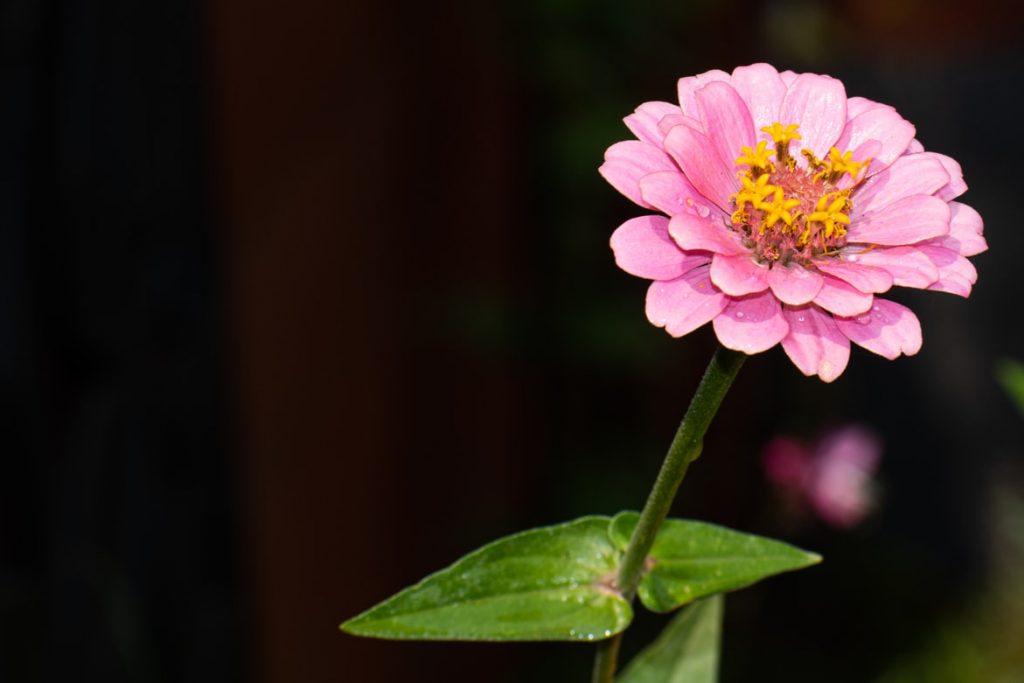
Budworm
The main reason is that the larvae bite dahlia young leaves and flower hearts, the summer festival is serious, the larvae drill into the stem to eat the stem and break the stem to make the plant die, and then turn to another plant to harm.

Prevention and control methods: The diseased plant timely treatment, available 4% pithiophosphorus 1500 times liquid spraying.
Aphids
Pests are common to plants.

Prevention and control methods: 40% dimethoate 1000~1500 times liquid or 50% aphid pine 1000 times liquid spray.
Starscream
Harm leaves, make leaves yellow, deciduous, and even the whole plant death.

Prevention and control methods: Can be sprayed to the leaf surface, can also be 40% dimethoate 1000~1500 times liquid spraying.
Dahlia Borer Moth
Also known as corn borer, drill worm, larva damage period respectively in June ~ July, mid-August ~ October, especially in August, September is the most serious, right now is dahlia flowering period. When insect infestation is light, can prune insect-plant, eliminate larva centrally, prevent spread.

The larval incubation period can spray 50% borer pine emulsion 1000~1500 times liquid control. For older larvae that have been decayed deeply, 200-500 times solution of borer pine can be injected into the cavity with an injection needle.


